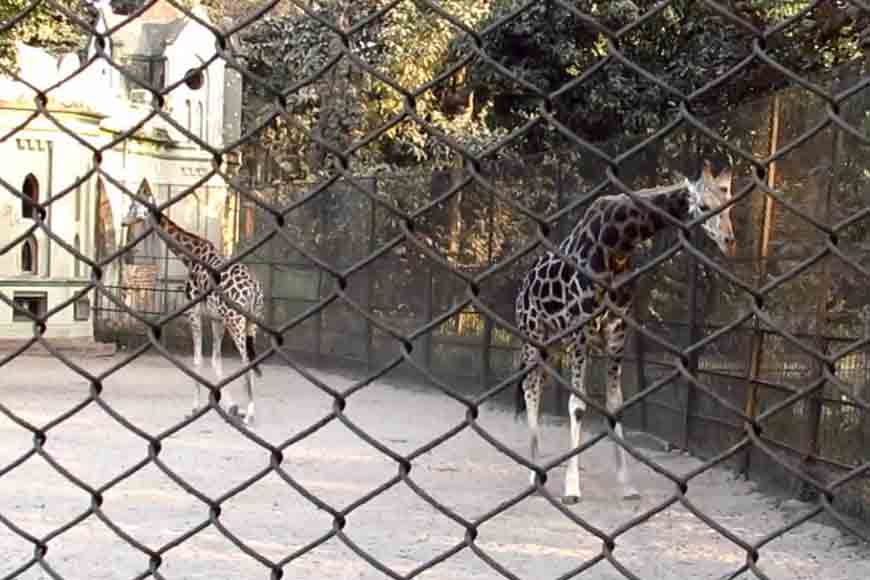Why are animals transported from Alipore Zoo dying

This is the third giraffe fatality of Alipore Zoo in recent memory. In 2008, a Giraffe from Alipore Zoo died en route to Nandankan after being electrocuted by contact with a high voltage wire. Last year in 2016, a giraffe from Alipore Zoo died soon after arrival at Nandanakan Zoo. Now again we have this tragic case of a giraffe in Alipore Zoo dying by breaking her neck during the transportation process.
The Central Zoo Authority has elaborate guidelines for animal transportation set out in the document, ‘Zoos In India: Legislation, Policy, Guidelines and Strategy(2014).’ Section 7(e) sets out protocols for transportation of animals under the headings:
i) Guidelines for transport of captive wild animals
ii) Protocols for transportation of wild animals.
These guidelines must be followed to ensure no animal is unduly stressed during the journey to a zoo and of course there can assessments and adjustments made by the zoo staff, including veterinarians, to minimise trauma to animals during transfer. Sadly, the recent giraffe deaths indicate that some basic norms of animal welfare and transportation are not being adhered to in the transfer or exchange of zoo animals. Moreover, there is lack of clarity on an animal’s demise, because zoos do not like to announce their deaths for fear of negative publicity. Zoos must be more upfront about animal fatalities and highlight both births and deaths under their care with diligence and transparency.
Giraffes are extremely sensitive animals and any sudden provocations by way of noise or sudden movements or activities, are undesirable for specimens that are meant for traveling. Great care needs to be taken even while choosing the mode of transport, as the animal is tall and possibility of entanglement or collision with any overhead wires, bridges or any roadside objects during travel is high. Adequate restraint measures within the traveling crate are also necessary to ensure the animal does not panic within the traveling container and injure itself. The Central Zoo Authority guidelines stipulate that sufficient quantities of food and water be present in the vehicle for transportation. Pregnant animals are not recommended for transfer in zoo exchange programmes in view of their delicate physical status that may be adversely affected by travel.
To minimize stress, mock exercises have to be carried out to simulate real life situations involving transport of large animals like the Giraffe.
Going by a media report, welding work involving sparks and fumes had been undertaken at Alipore Zoo during the transportation process, that panicked the Giraffe and it jumped out of her cage and broke her neck. This situation is most unfortunate as the timing of the welding work could have been adjusted. Zoos are custodians of hundreds and thousands of animals in captivity who cannot speak for themselves. Let honesty, diligence, sincerity, sensitivity and integrity play major roles in the affairs of zoos so that no animal has to suffer the pain and ignominy that this unfortunate giraffe had to.
Shubhobroto Ghosh is Wildlife Projects Manager of World Animal Protection in India









